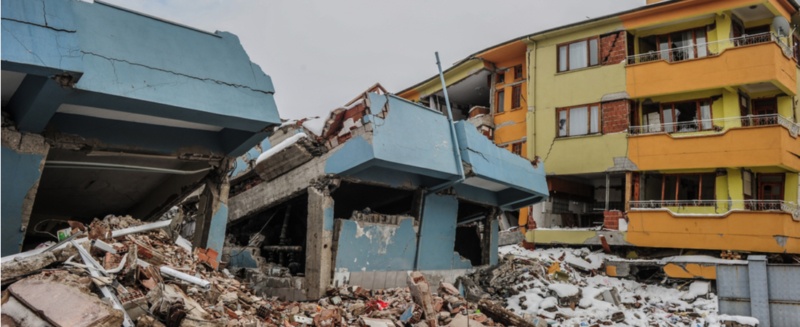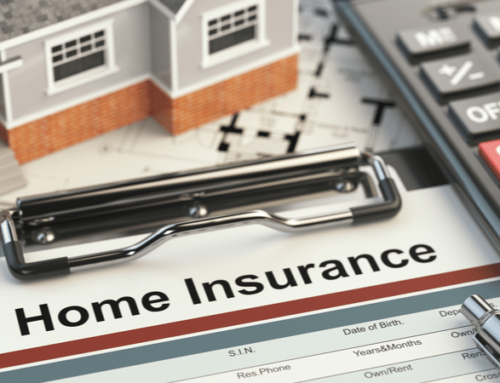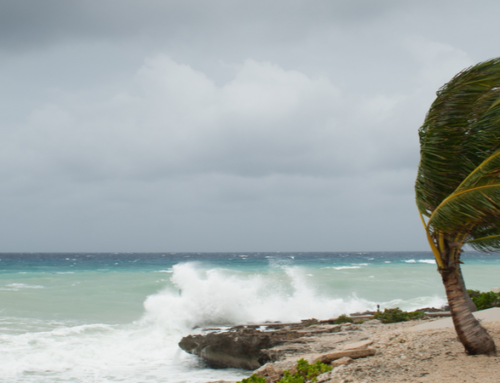I remember buying my first home. It was a Victorian cottage on Long Island that I painted creamy yellow and carnation pink. I didn’t think about the cost of insurance when I bought it. I was young and naive; I only saw the beauty of that house. I didn’t even consider the insurance costs.
As you search for your new home, remember that the physical characteristics of the house—its size, location, construction, and overall condition—can affect the cost and availability of homeowner’s insurance.
Location is a factor
Before you purchase your dream beachfront property, consider the insurance implications. Houses located on or near a coast will generally cost more to insure than those further inland, and you’ll likely face a hurricane or windstorm deductible. Hurricane deductibles apply to damage solely from hurricanes, while windstorm or wind and hail deductibles apply to any kind of wind damage.
These are percentage deductibles based on the cost to rebuild a home, rather than a flat dollar amount. For example, if a house is insured for $100,000 and has a 2 percent deductible, the first $2,000 of a claim is paid out of the policyholder’s pocket.
In coastal areas with high wind risk, some homeowners may select higher hurricane deductibles to lower their insurance premiums, which means they must pay more if their home is damaged. In some coastal communities, private homeowner’s insurance coverage may not be readily available at all. Instead, you may need to purchase insurance through a state-run insurance program, which can provide less coverage and, in some cases, be more costly than private insurance.
Insurance underwriters also take into consideration a community’s investment in fire protection, which includes trained firefighters, proper equipment, and an adequate water supply. Houses that are located near highly rated, permanently staffed fire departments usually cost less to insure than those in areas without nearby fire departments. This also holds true for homes that are close to a hydrant.
The age of the home matters
If you’re looking at an older home, make sure the plumbing and electrical systems have been updated, as they can become unsafe with age and deferred maintenance—and insurers will consider this information in their calculations. If you are absolutely in love with that older home, find out how much it will cost to update these features and factor that into your costs.
Also make sure to ask about the age and condition of the roof. Depending on the type of roof and the roofing materials you use, you may even qualify for a discount on your policy. Talk to your insurer to find out more.
Some claims won’t be covered by homeowner’s insurance
Damage from flooding is not covered by standard homeowner’s insurance policies. If you are buying a home in an area at risk of flooding, you will need to purchase separate insurance, which is available through a few specialty insurers and the federal government’s National Flood Insurance Program (NFIP), which is serviced by private carriers.
Earthquakes, which are most frequently associated with California, have actually occurred in 39 states. Like flooding, earthquakes are not covered under standard homeowner’s insurance policies. Earthquake insurance is available from private insurers as an endorsement to a homeowner’s policy. In California, it is also offered by the California Earthquake Authority, a privately funded, publicly managed organization. The cost of earthquake insurance differs widely by location, insurer, and the type of structure being covered, but older buildings generally cost more to insure than new ones.
Before you make an offer on a home, ask the current owner of the house for a copy of the insurance loss history report, such as a Comprehensive Loss Underwriting Exchange (C.L.U.E.) report or an A-PLUS report. This record of insurance claims on the house will tell you if there have been any problems and, if damage has occurred, whether or not it was properly repaired. If there have been no claims within five years, there will be no loss history report on the home.
If there are recent claims, don’t worry: prior claims are not a barrier to getting insurance. In fact, a recent claim can occasionally have positive ramifications. If, for example, a roof was damaged by a wind storm and completely replaced as a result, the home may be more desirable to an insurance company.
Don’t wait until the last minute to think about insurance—it’s an important cost to consider. If you do not already have an insurance agent, ask for recommendations from family, friends, and co-workers, or consult your state’s insurance department.
Loretta Worters is vice president with the Insurance Information Institute, a non-profit organization whose mission is to improve public understanding of insurance—what it is and how it works. Follow her on Twitter @LWorters.
[amazon_link asins=’1524763438,B0046EC17G,B01NBSHBEO,B003DJZ9D8′ template=’ProductCarousel’ store=’thinkglink-20′ marketplace=’US’ link_id=’8c07747a-1591-11e8-9edf-c3b5cf8d8ac0′]






